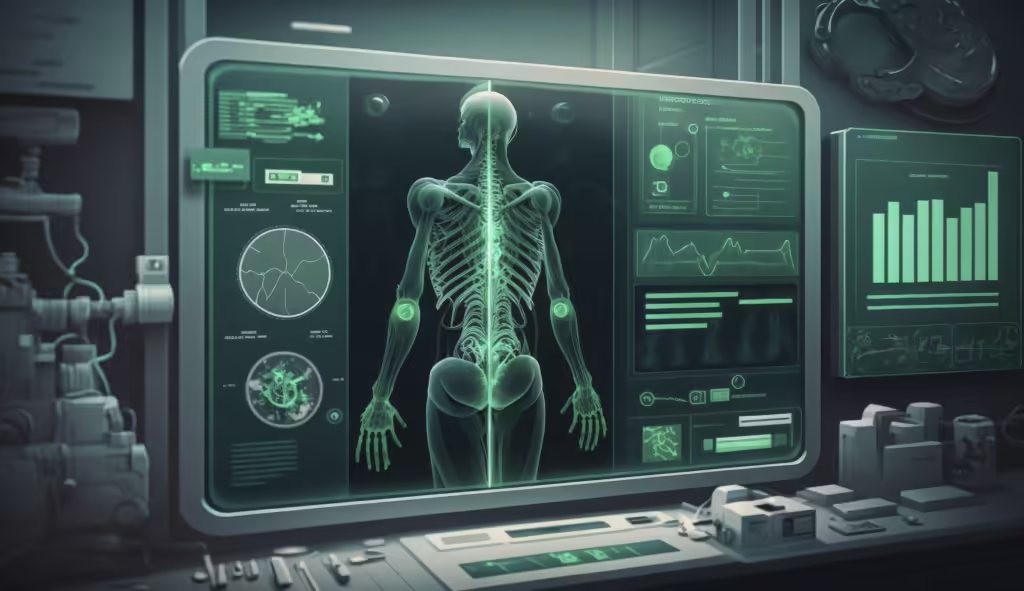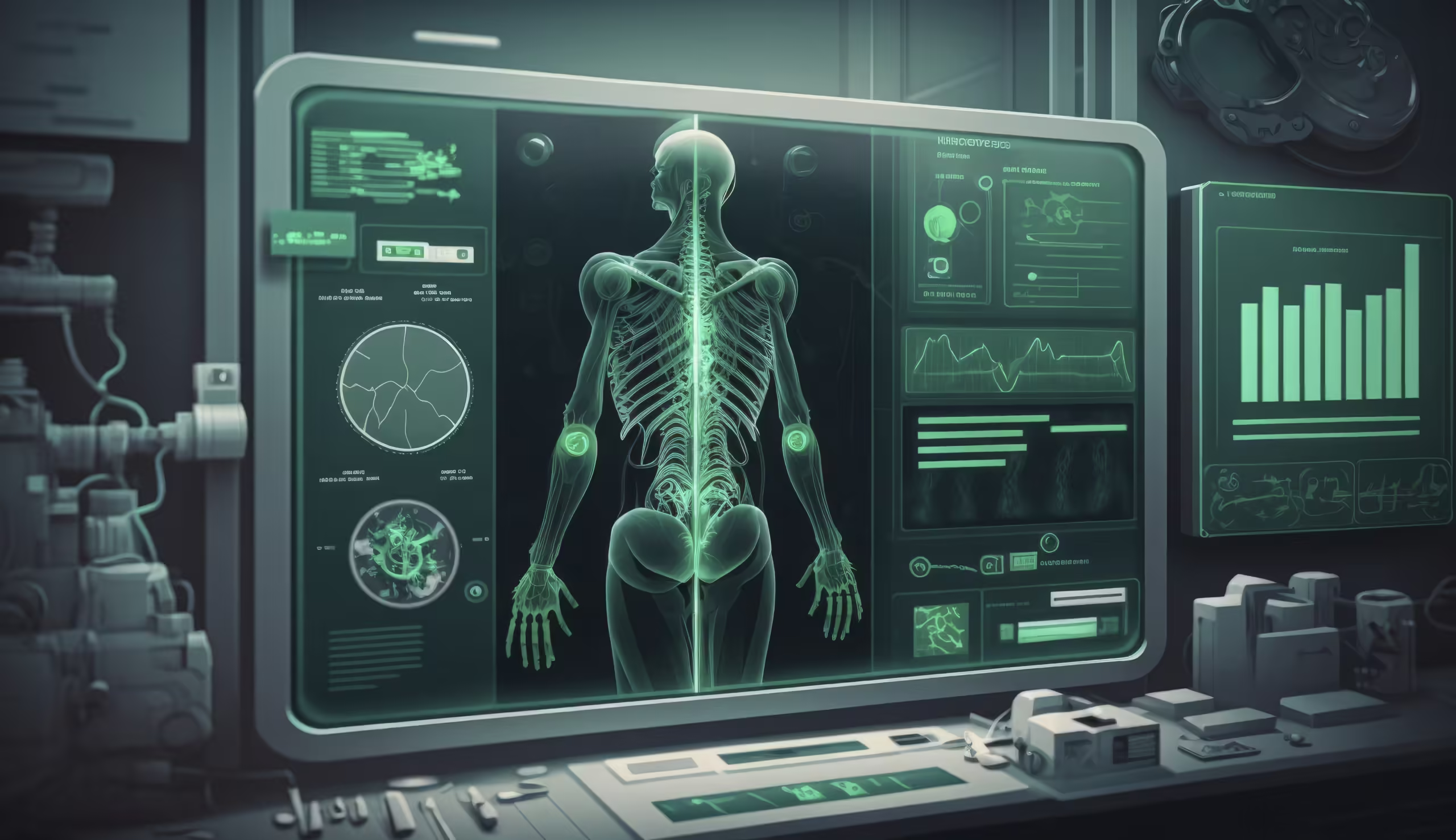Radiology plays a crucial role in modern medicine. It provides doctors with the ability to diagnose, treat, and monitor various health conditions. Through the use of advanced imaging technologies like X-rays, CT scans, MRIs, and ultrasounds, radiology has revolutionized the way we understand the human body.
It allows for non-invasive procedures to examine internal structures, which leads to faster and more accurate diagnoses. Today, radiology is indispensable in medical practice, helping healthcare providers deliver better patient care.
Improving Accuracy and Reducing Errors
AI is making significant strides in improving the accuracy of radiology. Radiologists, who once relied heavily on manual interpretation of images, now benefit from AI tools that can detect anomalies with higher precision. These tools can analyze medical images in seconds, identifying subtle details that might be missed by the human eye.
By reducing human error, AI helps ensure that diagnoses are as accurate as possible. This is particularly important in critical cases, where the correct diagnosis can be a matter of life and death. Ultimately, AI is enhancing the reliability of radiology, leading to more confident and timely medical decisions.
Radiology and AI Integration
The integration of AI has transformed early detection and diagnosis. AI algorithms can identify early signs of diseases, such as cancer, much earlier than traditional methods. This early detection is critical because it often leads to more effective treatment options and better patient outcomes.
AI can also prioritize cases based on urgency, ensuring that the most critical patients are addressed first. By enhancing the ability to detect conditions in their early stages, AI is helping radiology play an even more pivotal role in preventing and managing diseases.
How AI is Transforming Radiology for Better Patient Outcomes
AI is not only transforming how radiologists work but also improving patient outcomes. AI is able to identify trends in vast datasets that human radiologists might not see right away. This leads to faster and more accurate diagnoses, which directly impact treatment decisions.

AI tools can also assist in monitoring the progression of diseases, providing insights into how treatments are working. In the long run, this can result in more personalized and effective treatment plans, reducing the time patients spend in the healthcare system and improving their overall quality of life.
The Challenges of AI Adoption
Despite the clear benefits, the adoption of AI in radiology faces some challenges. One of the major hurdles is the need for radiologists to trust AI systems. There can be skepticism around relying on machines for critical decisions, especially when it comes to life-threatening diagnoses.
Additionally, integrating AI into existing radiology systems requires significant infrastructure investment and training. However, these challenges are not insurmountable. With proper training, transparent AI development, and regulatory oversight, the healthcare industry can ensure that AI tools are safe, effective, and beneficial for both radiologists and patients.
Radiology’s Future
The future of radiology is exciting, with AI innovations continuously evolving. Some of the most promising developments include AI-powered imaging devices that can perform real-time image analysis, offering instant results to healthcare providers. There are also advancements in AI-driven predictive analytics, where AI models can forecast the development of diseases like cancer before they become apparent.
Moreover, AI is making strides in automating 3D imaging and improving virtual imaging for better precision. These innovations will not only increase the speed of diagnosis but also enhance the quality of healthcare delivered to patients.
The Key to Personalized Patient Care
AI is making personalized medicine a reality in radiology. With the ability to analyze a patient’s medical history, genetic data, and imaging results, AI can help radiologists tailor diagnoses and treatment plans to individual patients.
This level of personalization ensures that patients receive the most effective treatment for their specific condition, minimizing the risk of adverse effects and improving recovery times. By enabling a more individualized approach to care, AI is helping radiology move towards more patient-centered practices, ensuring that every patient receives the care they deserve.
AI in Radiology
AI in radiology holds vast potential for reshaping patient care. As AI continues to improve, it will offer more advanced and efficient tools for diagnosing and treating patients. In the future, AI could be involved in every step of patient care, from initial diagnosis to post-treatment monitoring.
This will lead to faster diagnoses, more accurate treatments, and overall better healthcare outcomes. AI could also make healthcare more accessible, as tools can be integrated into telemedicine platforms, allowing patients in remote areas to receive expert radiological assessments without having to travel long distances.
AI to Revolutionize Radiology and Patient Experience
In conclusion, the integration of AI in radiology is revolutionizing patient care. It is transforming how diagnoses are made, improving accuracy, reducing errors, and enabling earlier detection of diseases. As AI continues to evolve, it will become an even more integral part of radiology, working hand-in-hand with radiologists to enhance patient outcomes.

